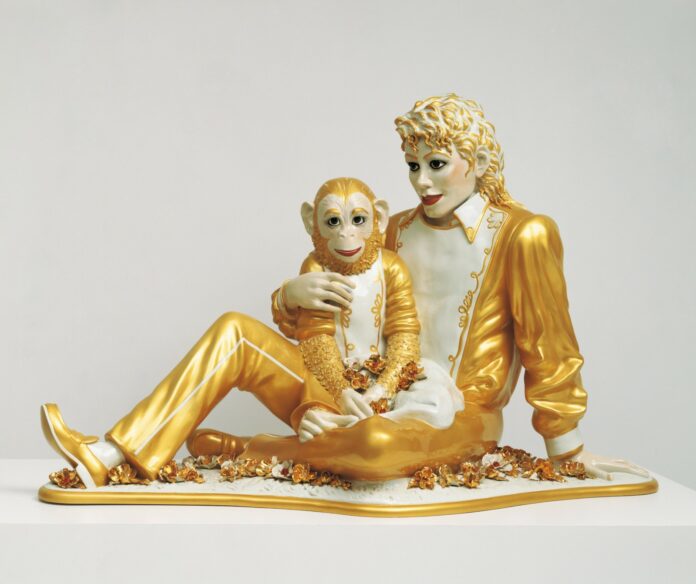The Neo-Pop movement in art represents a revival and reinterpretation of the Pop Art style that emerged in the mid-20th century. Originating in the late 1970s and gaining momentum throughout the 1980s, Neo-Pop artists embraced the commercial and mass-produced imagery that defined Pop Art, but they did so with a fresh perspective and a critical eye towards contemporary culture. This article delves into the origins, key figures, stylistic features, and lasting impact of the Neo-Pop movement, exploring how it both pays homage to its predecessor and pushes the boundaries of contemporary art.
Origins and Context
The Legacy of Pop Art
To understand the emergence of Neo-Pop, it is crucial to first examine the context in which it arose. Pop Art, which flourished in the 1950s and 1960s, was a reaction against the prevailing abstract expressionism of the time. Pop artists, such as Andy Warhol, Roy Lichtenstein, and Claes Oldenburg, turned to popular culture and mass media as their primary sources of inspiration. They celebrated the mundane and the commercial, elevating everyday objects and images to the status of high art.
Social and Cultural Shifts
By the late 1970s, society had undergone significant changes. The rise of consumerism, globalization, and the proliferation of mass media had reshaped the cultural landscape. Artists began to grapple with these shifts, seeking ways to express the complexities of a rapidly changing world. In this context, Neo-Pop emerged as a natural progression from Pop Art, offering a fresh take on the same themes and motifs.
Key Figures and Movements
Jeff Koons
Jeff Koons is perhaps the most emblematic figure of the Neo-Pop movement. Known for his larger-than-life sculptures and appropriations of kitsch and consumer culture, Koons has consistently blurred the lines between high and low art. His works, such as the inflatable rabbit and balloon dog sculptures, evoke a sense of playfulness and nostalgia, while also critiquing the commodification of art and desire.
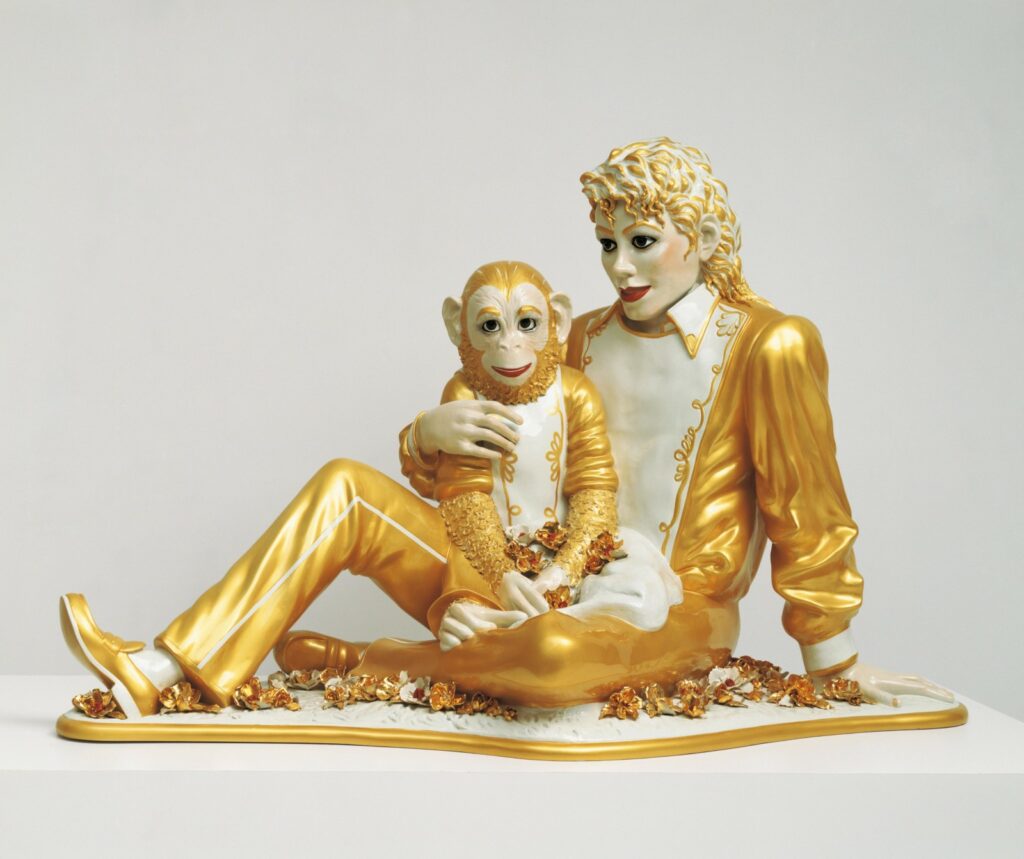
In the case of “Michael Jackson and Bubbles,” he uses the image of the pop icon Michael Jackson, who was at the peak of his fame at the time, to comment on themes such as celebrity, media culture, and personal life. The wide smile of Jackson and the innocent look of Bubbles create a contrast between the public image of the star and the reality behind the scenes.
The sculpture is made of porcelain with a height of about 30 cm and is part of Koons’ series called “Banality”. It has been exhibited in various galleries and museums around the world and remains one of Koons’ most famous works, continuing to provoke interest and discussion about the relationship between art and popular culture.
Takashi Murakami
Takashi Murakami, a Japanese artist, brought a unique perspective to the Neo-Pop movement by blending traditional Japanese aesthetics with Western pop culture references. His Superflat style, characterized by bright colors, flat planes, and manga-inspired imagery, challenges conventional notions of East-West dichotomies and celebrates the fluidity of global culture.
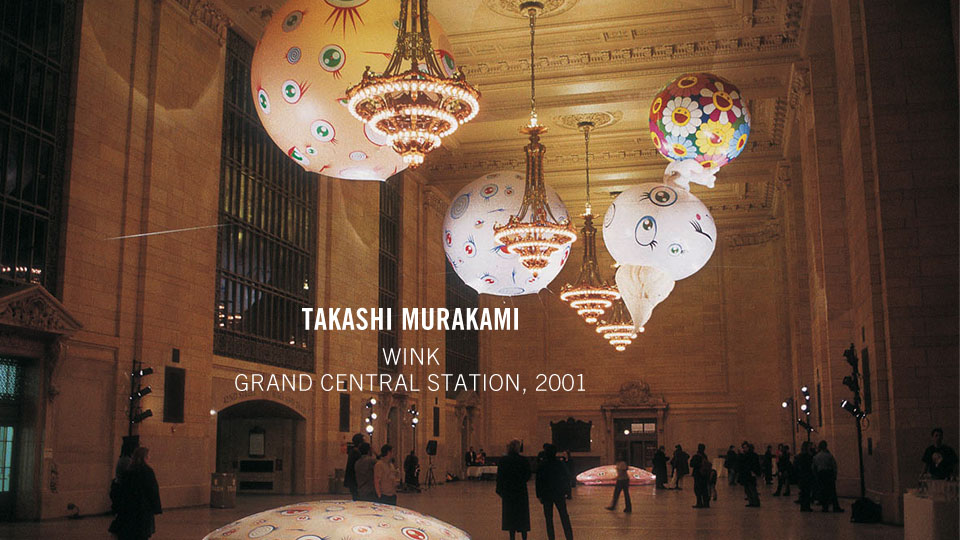
This installation, presented by Creative Time, creates a paradoxical and ironic co-existence of the Japanese Neo-Pop and the formal elegance of the classical Beaux-Arts architecture of Grand Central Terminal.
Damien Hirst
Damien Hirst, another prominent Neo-Pop artist, gained notoriety for his provocative and often controversial works. His use of dead animals preserved in formaldehyde, such as “The Physical Impossibility of Death in the Mind of Someone Living” (1991), confronts viewers with mortality and the fragility of life. Hirst’s work reflects a deep engagement with the intersection of art, science, and commerce.
Hirst is known for his dot-compositions, also known as the Pharmaceutical Paintings. They imitate the molecular structure of an addictive, potentially deadly substance that cannot be accessed without a doctor’s consent. In this way, these paintings are a witty commentary on the multi-billion dollar pharmaceutical industry that hands out drugs like candy.
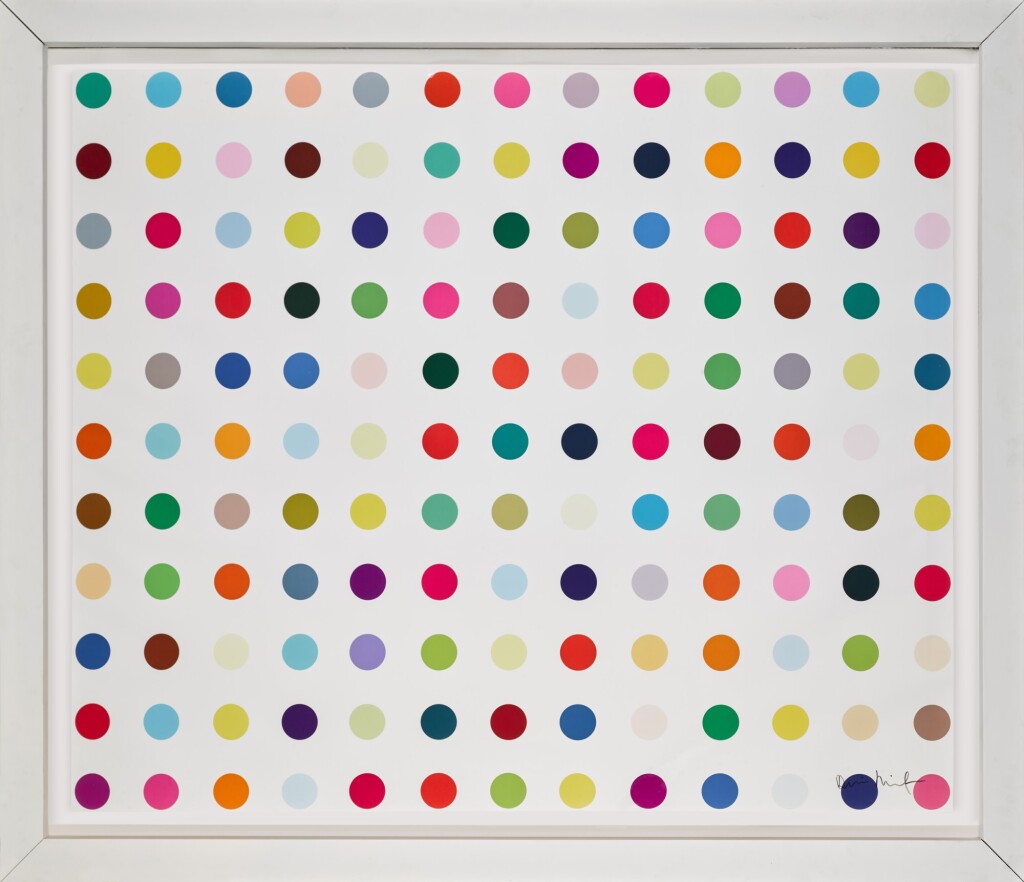

Richard Prince
Richard Prince is an American artist, photographer, and sculptor known for his provocative and conceptual works. Born in 1949, he gained prominence in the 1980s with his work in appropriation art, where he used existing images from popular culture and reinterpreted them through his unique style.
One of his most famous works is the series “Nurse Paintings,” which includes the iconic piece “Runaway Nurse.” This painting features an image of a nurse taken from the cover of a 1950s novel. Prince alters the original image by adding bright colors and other elements, creating a new interpretation that comments on themes such as sexuality, media manipulation, and pop culture.
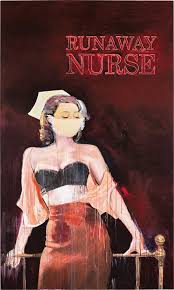
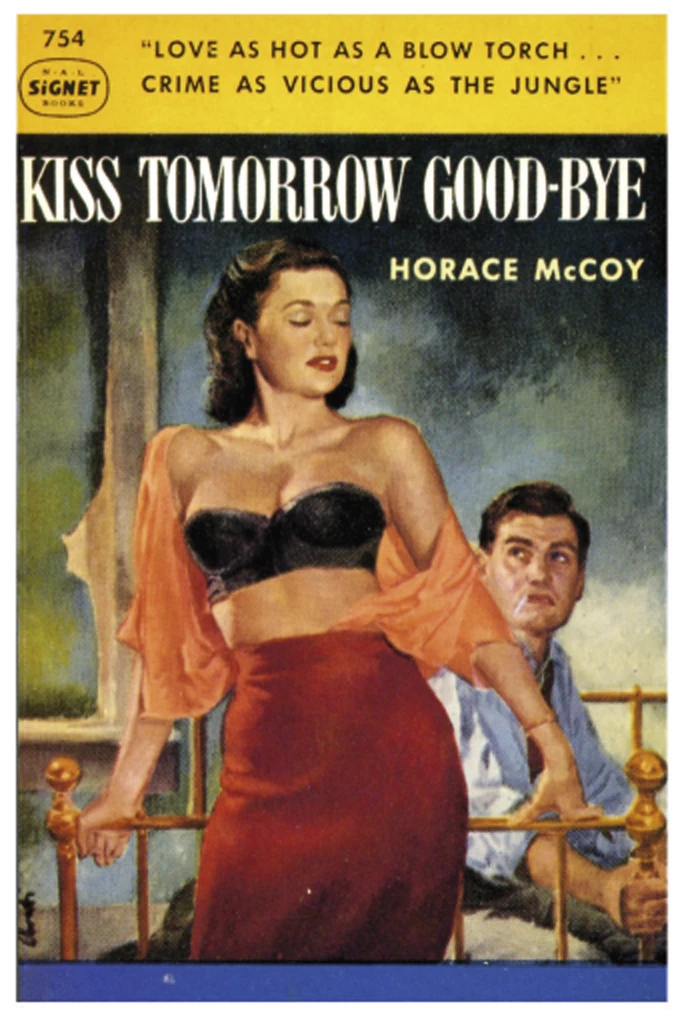
“Runaway Nurse” exemplifies how Richard Prince challenges traditional notions of art and authorship by using pre-existing images and transforming them into something new and provocative. His works often explore questions about authenticity and originality in contemporary art, as well as the influence of mass culture on our perception of reality.
Stylistic Features
Appropriation and Reinterpretation
A defining characteristic of Neo-Pop is its reliance on appropriation and reinterpretation. Artists draw from existing images and objects, often found in popular culture, and repurpose them in new contexts. This process not only pays homage to the original source material but also invites viewers to reconsider their assumptions about value and meaning.
Consumer Culture and Mass Media
Neo-Pop artists frequently engage with consumer culture and mass media, reflecting the omnipresence of advertising and branding in daily life. By incorporating logos, product packaging, and other commercial symbols into their works, they highlight the pervasiveness of consumerism and its impact on individual and collective identities.
Playfulness and Irony
Many Neo-Pop works exhibit a playful and ironic tone, often juxtaposing highbrow and lowbrow elements to create unexpected combinations. This juxtaposition serves to destabilize traditional hierarchies and challenge established notions of taste and value. The use of humor and satire allows artists to critique societal norms and expose underlying tensions.
Scale and Spectacle
Scale plays a significant role in Neo-Pop, with many artists creating oversized versions of familiar objects and images. This emphasis on scale enhances the impact of the work, making it more visually arresting and engaging. Additionally, the spectacle inherent in these large-scale pieces contributes to their ability to capture the attention of a mass audience.
Critical Perspectives
Critique of Consumerism
At its core, Neo-Pop offers a critique of consumerism and the commodification of art. By appropriating and recontextualizing commercial imagery, artists expose the mechanisms of capitalism and question the role of consumption in shaping individual and collective identities. This critical stance aligns with broader cultural debates about the ethics of consumer culture and the environmental impact of excessive consumption.
Identity and Representation
Neo-Pop artists often explore themes of identity and representation, particularly in relation to gender, race, and class. Through their works, they challenge dominant narratives and offer alternative perspectives on marginalized groups. For example, artists like Kara Walker and Mickalene Thomas use appropriated images to confront racial stereotypes and celebrate black identity.
Technology and Globalization
The integration of technology and the effects of globalization are recurring themes in Neo-Pop. Artists utilize digital tools and multimedia platforms to create immersive and interactive experiences, reflecting the increasingly interconnected nature of contemporary life. Moreover, the global reach of Neo-Pop demonstrates the permeability of national borders and the homogenizing effects of global culture.
Lasting Impact
Influence on Contemporary Art
Neo-Pop has had a profound influence on contemporary art, inspiring subsequent generations of artists to engage with popular culture and mass media. Its emphasis on appropriation, playfulness, and criticality continues to shape artistic practices across disciplines. Furthermore, the commercial success of Neo-Pop artists has contributed to the growing acceptance of art as a commodity, blurring the lines between art and commerce.
Public Engagement and Accessibility
One of the strengths of Neo-Pop lies in its accessibility and appeal to a broad audience. By drawing from familiar imagery and addressing universal themes, these works resonate with viewers from diverse backgrounds. This accessibility fosters greater public engagement with contemporary art, encouraging dialogue and debate around important social and cultural issues.
Market Value and Commercialization
The commercial success of Neo-Pop artists has led to increased market demand for their works, driving up prices and transforming the art world. Auction houses and galleries now feature prominently in the careers of many Neo-Pop artists, raising questions about the relationship between art and money. Critics argue that this commercialization can compromise artistic integrity, while proponents contend that it expands opportunities for artists and supports the growth of the art market.
The Neo-Pop movement in art represents a dynamic fusion of past and present, paying homage to the legacy of Pop Art while addressing the complexities of contemporary culture. Through their innovative use of appropriation, playfulness, and criticality, Neo-Pop artists have redefined the boundaries of art and engaged with pressing social and cultural issues. As we look ahead, it is clear that the influence of Neo-Pop will continue to shape the trajectory of contemporary art, inspiring future generations to explore new avenues of creative expression and critical inquiry.
Source: ARTMEDIA


